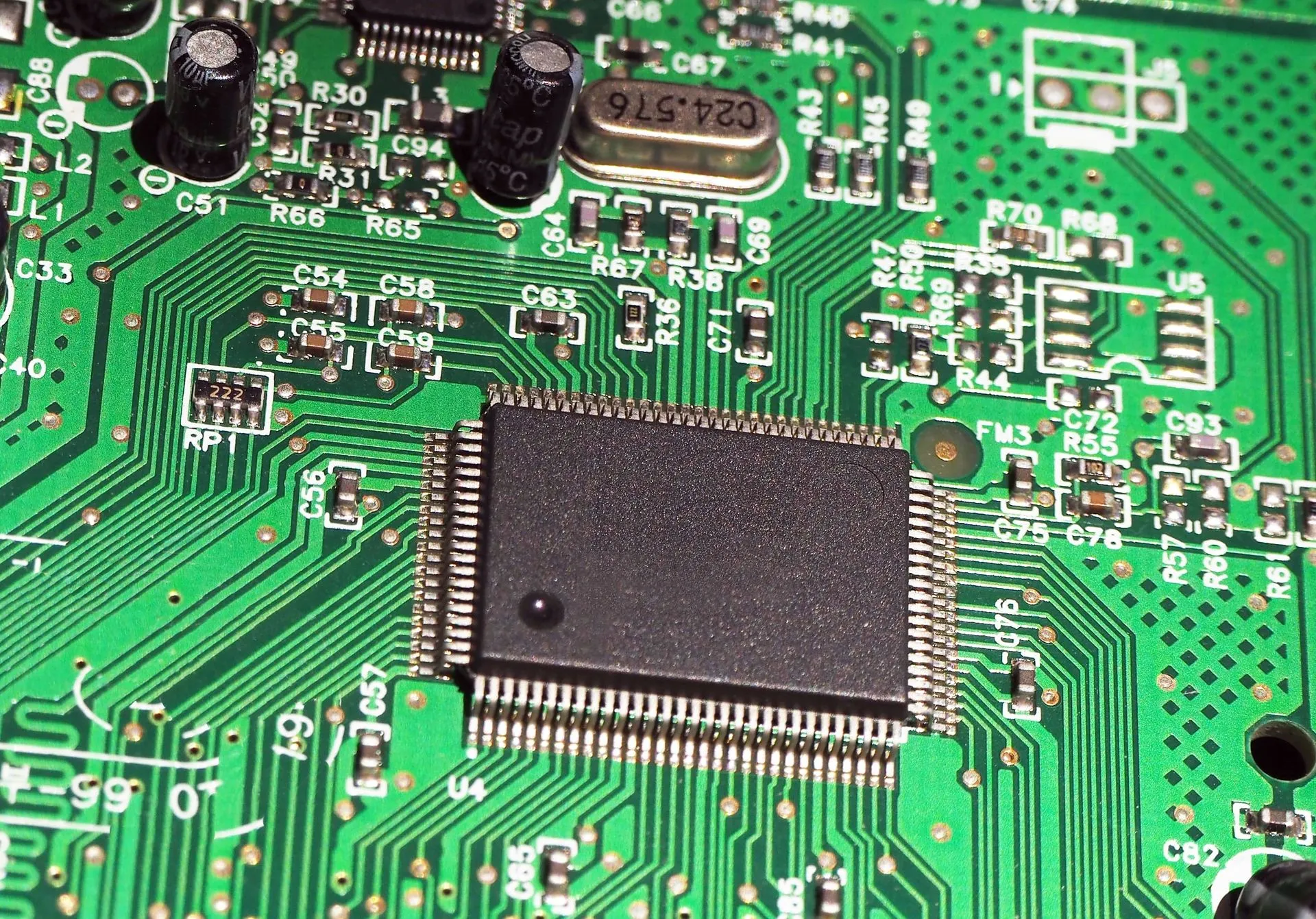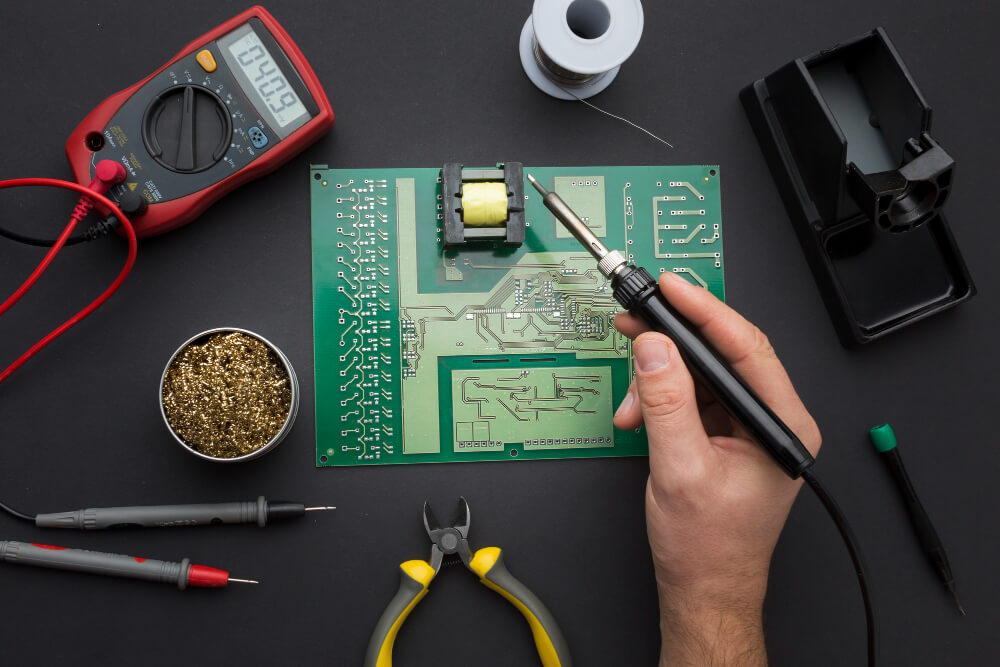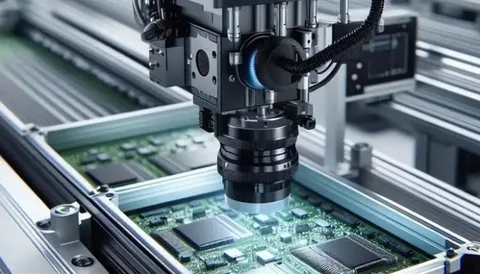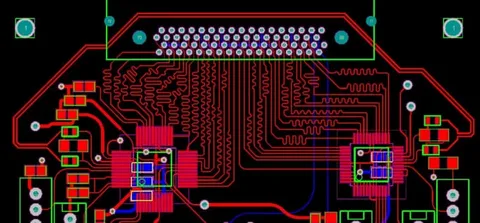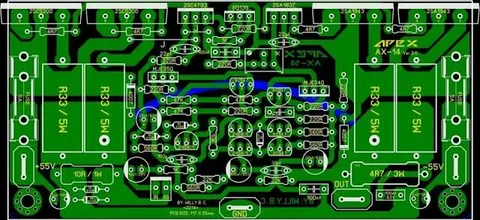Printed Circuit Board Design Services play a pivotal role in the development of modern electronic devices. These services ensure that electronic components are systematically organized, enabling devices to function efficiently. From smartphones to industrial machines, PCB design services are the backbone of innovation, providing the precision and reliability required to support cutting-edge technology. Let’s explore how these services contribute to the electronics landscape.
The past and the importance of PCB design
In the recent past, PCB design has gradually progressed from a concept where designs only included single layers to more advanced models of multilayer boards. It has allowed manufacturers to create miniaturized powerful devices that can effectively trigger an explosion. Modern-day high-end PCB design services enable engineers to pack complicated circuits within compact spaces and are considerably important in telecommunication, healthcare, and automotive electronics.
Main Parameters of PCB Design Services
An ideal PCB design can be a complex process inclusive of the schematic design phase, layout design phase and the testing phase using simulations. Each task needs to be very accurate to achieve the goals of the board in terms of electrical and mechanical perspectives as demanded by the application. A good PCB design also deals with power integrity distribution, signal integrity or density, and thermal management.
Schematic Design
Schematic design makes the first step by putting an electrical design to the circuit. Engineers work to give appropriate relationships of the parts to facilitate correct creation during production.
Layout Design: A motivating force that is often cited as encouraging innovation and change: In concrete terms, translating ideas into physical reality as people worked to realise these dreams in societary physical space.
The layout phase brings changes to the physical structure of the circuit from the basic circuit diagram known as the schematic. Here the component placement, trace routing and layer stacking are made with better operating efficiency and good manufacturability in mind.
Improving Electronics and Communication Devices
Specialized PCB configurations help the producers meet application-oriented demands and accomplish precise goals. Accordingly, the board can be designed in a way that reflects the specified needs of the corporations, increases the overall performance, decreases energy consumption and ensures the dependability of the product. For instance, to meet the specific functional requirements aerospace and defense industries have a high demand for specific custom PCB designs.
Multi-Layer PCBs: Increasing Technology Sophistication
Multi-layer PCBs are today coined as the premier of sophisticated electronic designs and layouts. Such boards facilitate the creation of multiple circuit layers so as to permit interconnection density. This technology is important in devices that need high transfer rates and smaller physical sizes, 5G technology and wearable technology among them.
Printed Circuit Board Efficiency through Enhanced Prototyping

New-era printed circuit board design services usually contain prototyping to ensure the effectiveness of the designs before actual production. This means that potential mistakes tend to be noticed early in avoid wasting the manufacturing cost and time. Together with the simulation software, prototypes give engineers a first look at how the design would turn out in actual service.
Conforming to Industry Standards
The highest quality of PCB designs needs to be done while meeting the set industry standard of safety, reliability and performance. Having our products meet such standards as IPC standards for fabrication requirements or RoHS for environmental purposes, is not negotiable. The services in the PCM involve designing each product to meet certain legal standards, thereby reassuring both producers and consumers.
Modern software applications applied to PCB design have greatly improved how complex designs can be made by engineers with a greater degree of accuracy than was possible before. Some of the tools available in the available tools are Altium Designer, Eagle with simulation features, collaboration features, and error checking among others. Using these tools, designers can be able to avoid wastage of time and reduce on the number of design flaws.
Expanding Production
Probably the best PCB layout is worthless if it cannot be manufactured. PCB layout services take a DFM approach to ease the transition from design to production. Design for manufacturing notation mostly saves the extra expenses of rework and manufacturing time that may result in the manufacturing process.
To lead change across industries
PCB design services are useful in empowering innovation in various sectors present in industries. In healthcare, PCBs supply energy to heart machines such as pacemakers, machines that diagnose diseases using images and many other devices. In the automotive business, they facilitate ADAS and EV technologies. Due to their flexibility, PCBs are unreplaceable in the modern world that is dominated by technologies.
The Future of PCB Design
Future trends in PCB design include the use of flexible materials, three-dimensional printing, as well as Artificial Intelligence. FPCs have agile and robust characteristics that give them applicability in the wearable devices and IoT products. At the same time, the manufacturing field has adopted 3D printing advancing the idea of rapid prototyping and customized products.
Conclusion
Printed Circuit Board Design Services are no longer a simple sub-process during the manufacturing of electronics, they are the foundation at its base. These services help businesses to deal with their worst and improve their competitiveness because these services offer perspective, accuracy, and creativity. In the next few years, electronics will continue to progress hence increasing the need for efficient and effective PCB design.

